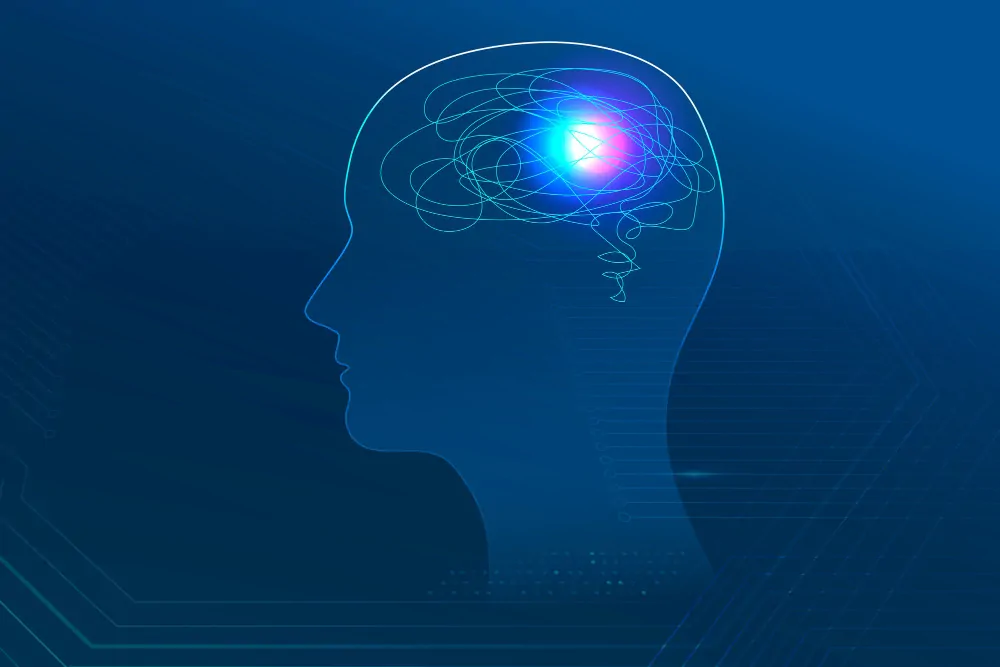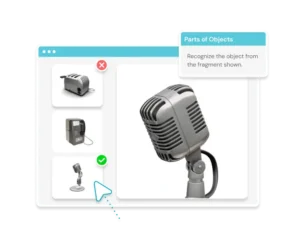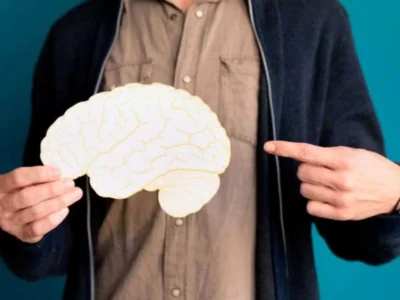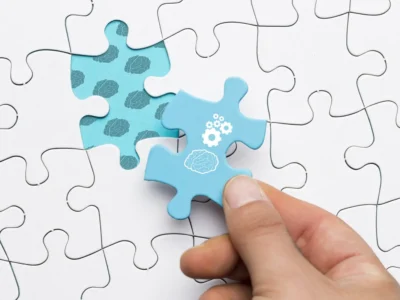Psychologist Javier Tomás Romero talks to us about the anterior cingulate cortex (ACC) and, specifically, about the ACC’s executive and emotional control.
Executive control of the Anterior Cingulate Cortex
Posner et al. (2007), Posner and Rothbart (2007), and Bush, Luu & Posner (2000) have proposed that the anterior cingulate cortex, and specifically the anterior cingulate gyrus, is part of an executive attention network, and that its main role is to regulate the information processing of other networks, both in sensory modalities and emotional ones (Öschner & Gross, 2005).
The term cognitive control refers to a set of executive functions that serve to configure cognitive systems in order to perform a task, especially in situations that require effort or non-routine behavior (Botvinick et al., 2004).
How does this configuration occur? Some authors (Botvinick et al., 2004; Posner et al., 2004) have suggested a conflict monitoring hypothesis, in which a detection of conflict in the task takes place. When this detection occurs, the ACC initiates a series of strategic readjustments in cognitive control and response planning, with the aim of reducing the conflict on the next trial, and responding correctly.
These results have been refined by Dosenbach et al. (2008). For their group, the ACC and, especially, the dorsal ACC, appear to be a processing node. Which gains prominence over prefrontal structures as a necessary structure to perform high-level cognitive tasks. It also gains prominence, especially when it is necessary to maintain a cognitive set, and to detect that that set is failing in the execution of a task.
To what extent does the Anterior Cingulate Cortex mediate this process?
Botvinick et al. (2004) establish that conflict monitoring implies that if the ACC is involved in monitoring and evaluating the outcomes of an action, it could be that conflict is one of the outcomes to which the ACC is sensitive. This could occur through the detection of a reduction in reward, and also through the detection of an increase in the effort threshold. Both functions have been linked to the ACC.
Therefore, the ACC would be responsible for establishing both parameters along with an estimate of the cost-benefit underlying the selection of a strategy or action. Monitoring would not be responsible for selecting a cognitive resolution strategy or an action plan as we have seen. Rather, it would be an evaluative control mechanism of outcomes that sends information to other structures and nodes of the planning system. That is, the frontoparietal network and the cerebellum, which are responsible for managing error, establishing action strategies, and learning.
Fan, Hof, Guise, Fossella & Posner (2007), citing Strick and Picard (2001), establish a functional division during conflict processing, in which: the rostral ACC is involved in conflict processing and the posterior is involved in response selection and the execution of movement.
For this group, the connections between this structure and others are effective. That is, they exert top-down control that redirects information. When conflict is detected in the rostral ACC, this information is directed to posterior areas of the cingulate cortex and regions of the frontal lobe (especially the supplementary motor cortex, the premotor cortex and the lateral prefrontal cortex) for response selection and execution.

Rostral Anterior Cingulate Cortex: an emotional control mechanism?
The rostral anterior cingulate cortex resolves emotional conflict by suppressing amygdala activity and its outgoing connections. This leads to a weakening of sympathetic autonomic responses. Therefore, we are talking about a top-down emotional phenomenon.
To discuss inhibitory emotional control, we must make a distinction between conscious and unconscious processes. Etkin et al. (2004) already demonstrated that there are differences in rostral ACC activity when stimuli are conscious and when they are not.
During unconscious processing of stimuli, subjects differed. This is because they could not identify vigilance-related anxiety with a context-related threatening stimulus, and therefore they differ according to their individual anxiety level. The results also showed that once subjects had recognized the potential threat, they responded in the same way regardless of the type of therapy they had received. That is, having succeeded, they equally reduced their anxiety. In short, the rostral ACC could exert conscious control over the initial unconscious emotion produced by the amygdala, elucidating two stages of emotional processing.
The implication for attentional processing is evident and important. In disorders involving emotional processing, amygdala overactivation makes subjects more sensitive to interference, with high distractibility for psychiatric patients. This overactivation is also correlated with hypoactivation of the rostral ACC.
How does this emotional control mechanism relate to some clinical disorders?
In depression, there is hyperactivation of the medial prefrontal cortex and the rostral ACC during self-referential processing of negative words. Rostral ACC activity shows the relationship between medial prefrontal cortex activity and symptom severity. In fact, the relationship between the medial prefrontal cortex, the amygdala, and the rostral ACC showed a correlation between self-referential processing and the processing of negative emotional information (Yoshimura et al., 2009).
In post-traumatic stress disorder (PTSD), there would be hypoactivity of the rostral ACC during trauma recall and re-experiencing. Also, symptom severity is strongly correlated with rostral ACC hypoactivity. Similarly, in subjects with anxiety there is a failure to suppress amygdala activity. Moreover, during a situation perceived as strongly threatening, anxiety correlates negatively with rostral ACC activity and positively with dorsal ACC activity. Certainly, this could explain the state of hypervigilance.
Changes in activity would depend on the degree of perceived threat. And this perceived threat varies according to the anticipation of aversive stimuli. Indeed, Straube et al. (2008) also show in their study that there is a variation in cingulate cortex activity that depends on that degree of perceived threat.
Attention-Emotion continuum
It is in these phenomena where we can see how attention and emotion become one phenomenon, discarding traditional dichotomies that are gradually being abandoned. There is an attention-emotion continuum, and different degrees of control between them. Intense emotion captures attentional resources, leading either to hypervigilance or to absolute distractibility with respect to relevant contextual stimuli. Therefore, emotions can modulate attention by choosing one type of attentional focus over another, for example, interoceptive signals in subjects with hypochondria.
Likewise, cognitive resources can exert control over emotions, allowing their regulation or reappraisal (which is what happens in many therapies), for which they must recruit attentional resources focused on that purpose. For example, in checking absurd arguments during depression, or during the cognitive reappraisal of phobias.
Conclusion
Ultimately, the cingulate cortex is a “transitional” structure. This structure allows us to observe our evolution as a species within our own brain. This evolution is evidenced in the shift from structures that make us similar to other animals to higher cognitive areas and in how some structures influence others.
Bibliography
- Cognitive and emotional influences in anterior cingulate cortex. G Bush, P Luu, MI Posner. 2000 Jun;4(6):215-222. doi: 10.1016/s1364-6613(00)01483-2.
- A dual-networks architecture of top-down control. Nico U F Dosenbach 1, Damien A Fair, Alexander L Cohen, Bradley L Schlaggar, Steven E Petersen. 2008 Mar;12(3):99-105. doi: 10.1016/j.tics.2008.01.001. Epub 2008 Feb 11.
- Imaging the premotor areas. N Picard 1, P L Strick. 2001 Dec;11(6):663-72. doi: 10.1016/s0959-4388(01)00266-5.
- Conflict monitoring and anterior cingulate cortex: an update. Matthew M Botvinick 1, Jonathan D Cohen, Cameron S Carter. 2004 Dec;8(12):539-46. doi: 10.1016/j.tics.2004.10.003.
If you liked this blog post about the Anterior Cingulate Cortex: executive control and emotional control, you may also be interested in:
“This article has been translated. Link to the original article in Spanish:”
La Corteza Cingulada Anterior: control ejecutivo y control emocional







 Alzheimer’s Detection in Older Adults
Alzheimer’s Detection in Older Adults
Leave a Reply